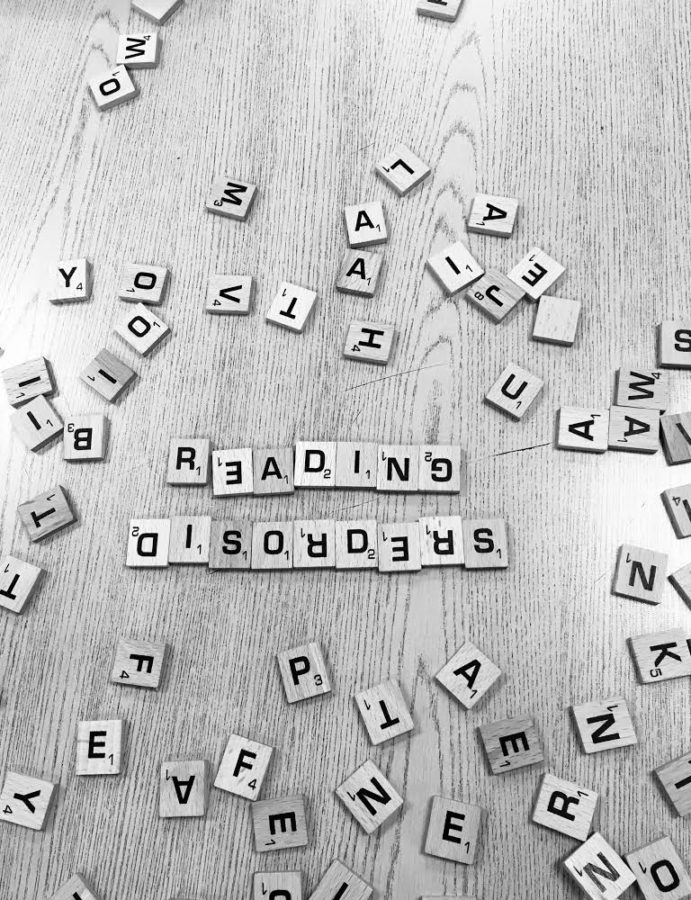What Does That Say?
A lot of us don’t understand what this feels like, but these are some of the struggles that people with reading disorders go through.
August 25, 2018
You find yourself squinting at the words. Is that a “d” or a “b”? What did that paragraph say? Oh well, guess you’ll have to go look back in the text. A lot of us don’t understand what this feels like, but these are some of the struggles that people with reading disorders go through.
Mrs. Cari Stanley is the district’s dyslexia certified specialist. She works with students from transitional kindergarten (TK) through 8th grade. “The difficulty they [students] have is with how they process written sounds. It’s called a phonological processing deficit,” she said.
So what is dyslexia? It is a common disorder where people may have difficulty learning to read or process words and symbols. Dyslexia affects three million people worldwide. Dyslexia is a lifelong struggle, but with therapy and tutoring, the effects can be lessened or even overcome. Despite what most people believe, dyslexia has nothing to do with vision but is more of a neurological disorder.
Dyslexia is not the only reading disorder. There are also reading comprehension issues that some readers struggle with. Some can read perfectly fine but may have a difficult time comprehending the text. Perhaps recalling information after finishing the chapter of a book is an issue. Even remembering those evil Think Questions for StudySync without looking back in the text 1,000 times causes trouble.
Mr. Celis is a teacher on Day Creek’s staff who works with students who struggle with reading disorders. He also serves as a resource for Mr. Evans and Mrs. Merry. ”They’ll come in already feeling like, ‘I can’t do this. I can’t read.’ If a student has had a hard time with that in the past, coming to 7th grade from kindergarten, that’s seven years of struggling. [So when] they come in, I try to help their self-esteem,” said Mr. Celis.
Many people believe that students with reading disorders aren’t as smart as the rest of their peers, but that isn’t correct. “[They have] average to high-average intelligence,” said Mrs. Stanley.
Most students don’t realize it, but they are pretty lucky. The next time you’re tempted to whine about finishing that AR assignment, imagine how challenging it is for students who simply struggle to read.






